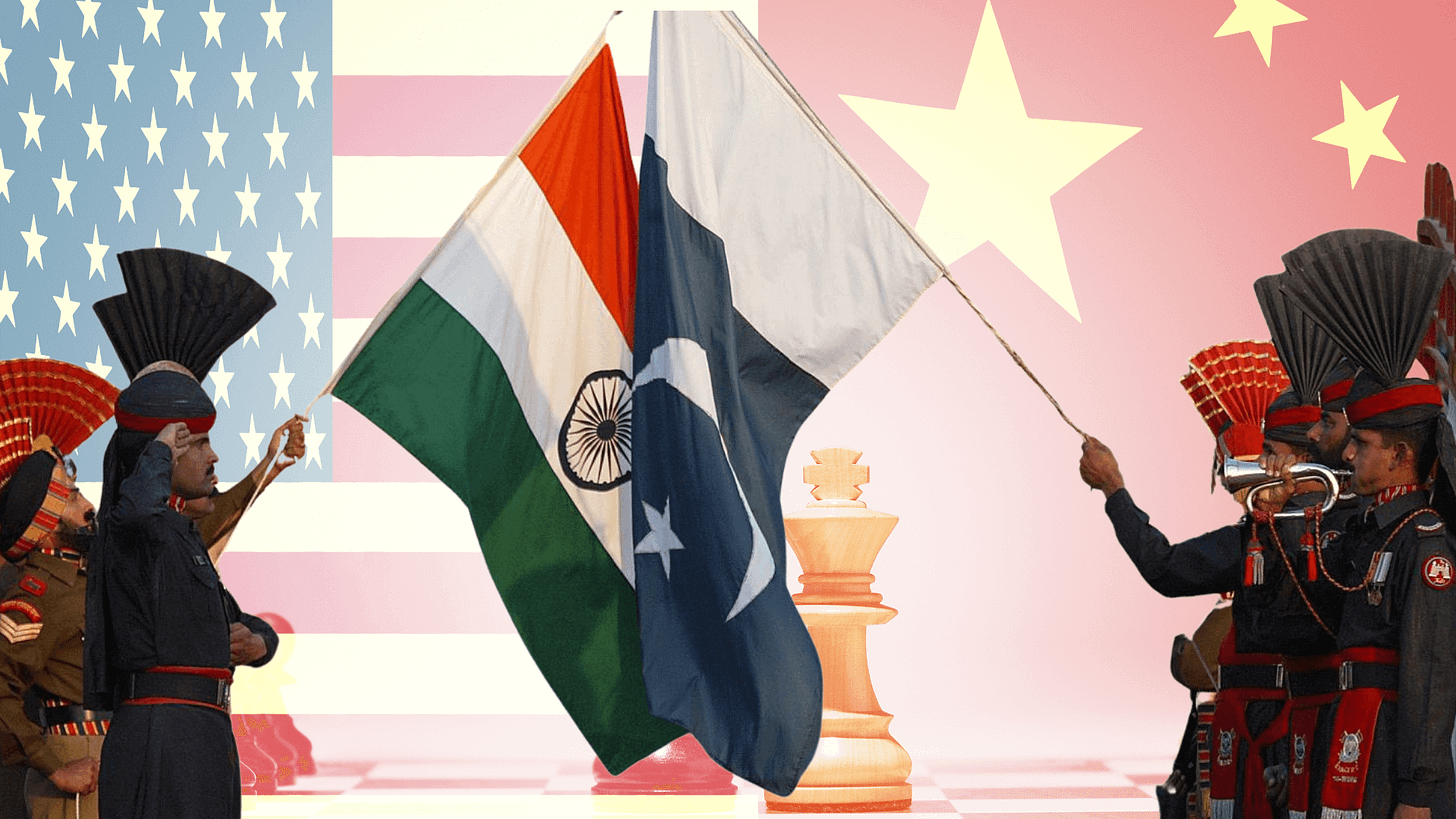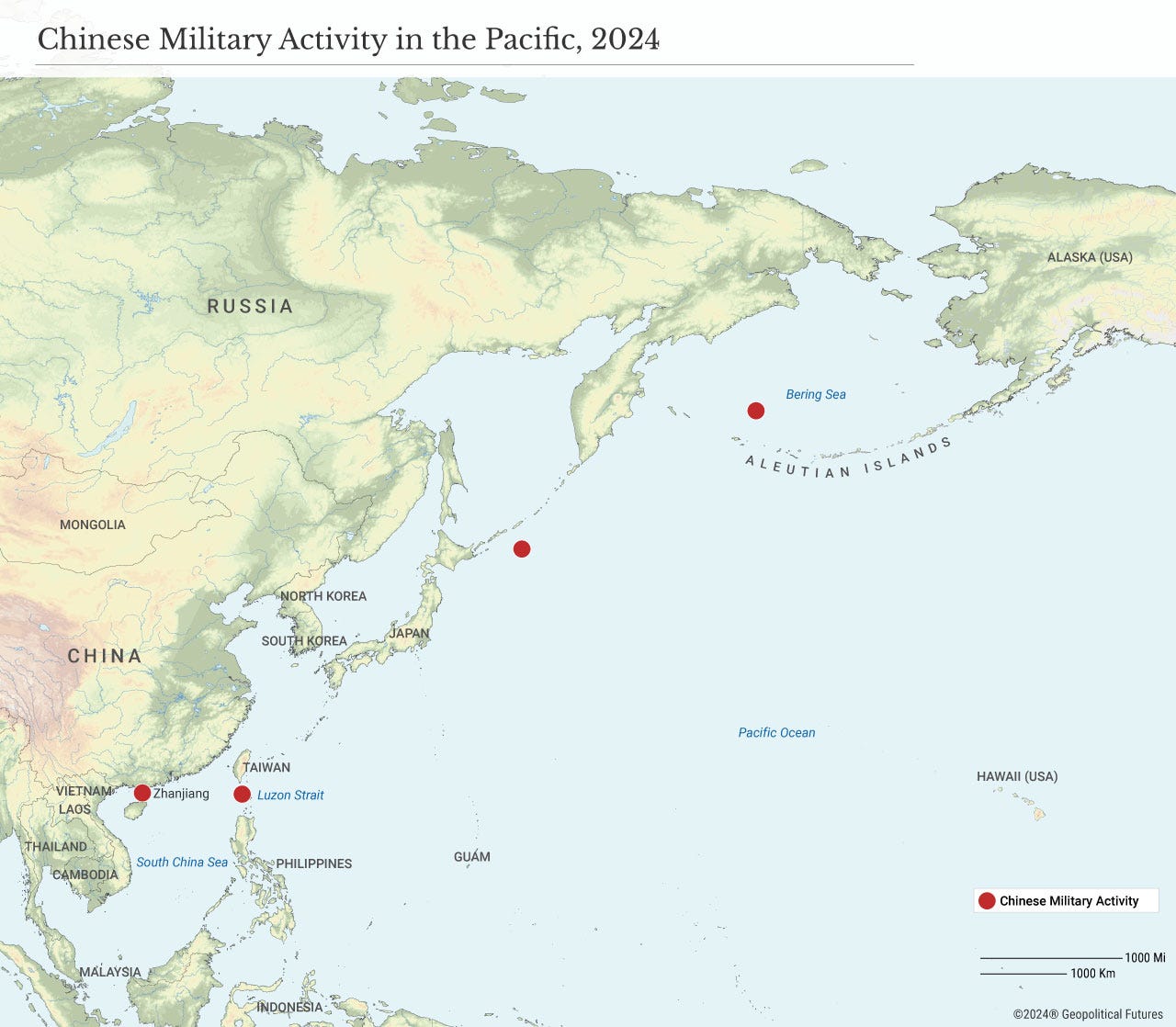Pakistan’s Crucial Role in China’s Military Strategy
For Beijing, wargames and proxy battles are no substitute for real-world combat. And anything that throws India off-balance hurts the U.S. But there's more to the story.
Don’t miss our essential Deep Dive “The Illusion of Chinese Strength: Power Paranoia, and the Temptation of War”.
NOTE: It is my contention that as enlightening as the recent engagement between the Pakistani and Indian Air Forces may have been, the central lesson is that technology counts. In a conflict with the U.S., China would not be facing Russian jets or even Rafales, but F-22s and F-35s. Nothing in the recent air battle suggests that China’s planes could stay in the sky with them.
I doubt that lesson has been lost on India. And greater U.S. arms sales to India not only strengthen its defenses and the effectiveness of the Quad, but also easily reduce India’s trade surplus with the U.S. India needs this to expand its exports; Trump demands it for us to let them.
My prediction is that while Pakistan will continue its double game with Washington and Beijing, it will rely increasingly on China, particularly in consequence of its internal struggle with the Taliban. This will drive India ever-closer to the U.S. and away from a Russia whose weapons systems look good on paper but don’t hold up on the battlefield. On balance, that’s not the worst outcome. — RDM
Pakistan’s Crucial Role in China’s Military Strategy
by Kamran Bokhari
May 28, 2025
Had India not conducted unprecedented airstrikes in Pakistan on May 7 — retaliation for a terrorist attack in Kashmir two weeks earlier — Chinese-made air systems would have remained untested. The downing of Indian jets by Pakistani forces using Chinese-made warplanes and missiles highlighted the advancement of Beijing’s military technology, though primarily in terms of hardware.
But the early loss of Indian jets during the 100 hours of fighting revealed more about the human capability — or “humanware” — of Pakistan’s military, which successfully integrated Chinese platforms into its command-and-control structures and processes. This suggests that China, which lacks Pakistan’s combat experience, does not necessarily pose a greater threat than previously thought in the Western Pacific.
Over the past few weeks, prominent Western outlets, including Bloomberg, AFP, BBC and The New York Times, have reported on how the four-day India-Pakistan war showcased the increasing lethality of Chinese jets and missiles against Western aircraft. The downing of three French Rafale fighters — and possibly a Russian MiG-29 and a Sukhoi-30 — by Chinese J-10C aircraft armed with PL-15E long-range air-to-air missiles gave Beijing a rare chance to test its aerospace industry in real combat conditions. The incident demonstrated that after years of research and billions of dollars in investment, China is becoming increasingly competitive in aviation and avionics.
These developments are now reshaping perceptions of China’s military as it projects power across the Pacific. Buoyed by Chinese state-backed information operations, media coverage has begun exploring what the India-Pakistan air battles reveal about China’s ability to take Taiwan. The performance of the Chinese-made jets and missiles coincides with a rise in Chinese wargames along the coast since late 2021. In addition to recent encirclement drills around Taiwan, the Chinese navy has expanded its exercises as far north as the Aleutian Islands, near Alaska, and as far south as the Tasman Sea between Australia and New Zealand.







